Free admission is priceless … literally.
But freedom comes at a price. We are more than happy to accept free admission to a museum, amusement park, or tourist attraction under one condition: we exit through the gift shop.
In-app purchases function as the gift shop of mobile marketing with one crucial difference: the gift shop should never lead straight to an exit. In other words, in-app purchases are meant to keep users engaged.
If you’ve run out of lives on Candy Crush, you’ve probably bought more to keep playing. Or maybe you’ve typed in your card information to unlock more dating app connections. Because this time, you might find the one.
The good news is, you’re not alone if you don’t have the patience to wait for those precious candies to crush or to meet the love of your life.
Revenue from in-app purchases is projected to be the #1 source of mobile app revenue in 2018.01
iPhone users spent 23% more on in-app purchases in 2017 than they did the year prior.02
So, how can mobile marketers capitalize on this growth?
What Does In-App Purchase Mean?
In-app purchase means users pay for additional features or functionality while using an application.
Let’s go back to our Candy Crush example. Imagine you’ve been stuck on level 394 for days with no hope in sight. If only there was a way to skip the level!
In-app purchases allow users to buy content, services, or special features (like a game booster that skips a level or the chance to send additional messages to a new dating connection) within an app. They often appear in mobile games, e-commerce services, or mobile retail platforms that offer users the ability to buy things within the app.03
There are four common types of in-app purchases:04
- Consumable purchases are used as in-game currency for mobile games. They mainly apply to free games, which cost nothing for users to download but include in-app purchases for extended gameplay or special features. These purchases are ideal for your app users who don’t want to wait for things like game credits to replenish. Just note: these purchases are limited to the device they’re bought on, meaning your users will need to purchase them again if they switch devices.
- Non-consumable purchases unlock special features and are typically permanent additions to the application. Your favorite dating app may offer a limited number of swipes and connections on the basic account, but by upgrading to the premium version, you can swipe through all the Prince Charmings you want.
- Auto-renewable subscriptions grant access to services or frequently updated content like news media or streaming platforms. This type of in-app purchase automatically renews a consumer’s subscription to the service and charges their account until explicitly canceled by the user. Netflix, Hulu, and Pandora are all examples of these subscriptions.
- Non-renewable subscriptions offer limited access to content and must be manually renewed by users. These purchases are similar to consumable purchases, but can be used across devices.
Why In-App Purchases Are Important
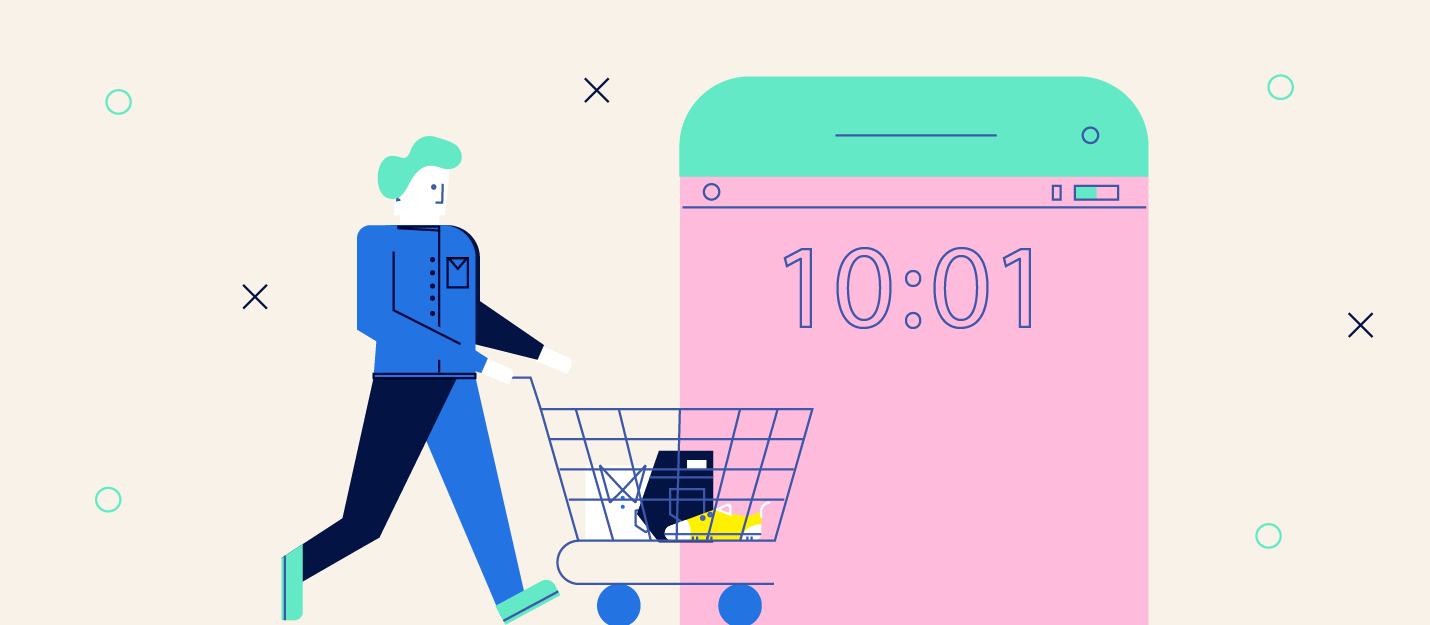
Though only 5% of smartphone users spend money on in-app purchases, the revenue generated by these purchases is 20 times more than the revenue created by pay-to-download apps.
Plus, estimates suggest that global revenue from in-app purchases will surge to $117.2 million by 2020.05
In-app purchases, commonly known as IAPs, are not only advantageous for mobile marketing teams. They benefit users too. In-app purchases should complement the in-app experience and offer users real value. They’re not only a significant source of potential revenue, they can bolster a user’s trust in your brand.
Once you’ve achieved a download through app store optimization or other mobile marketing methods, the struggle to convert them into a paying customer begins.
Freemium Model vs. Premium Model
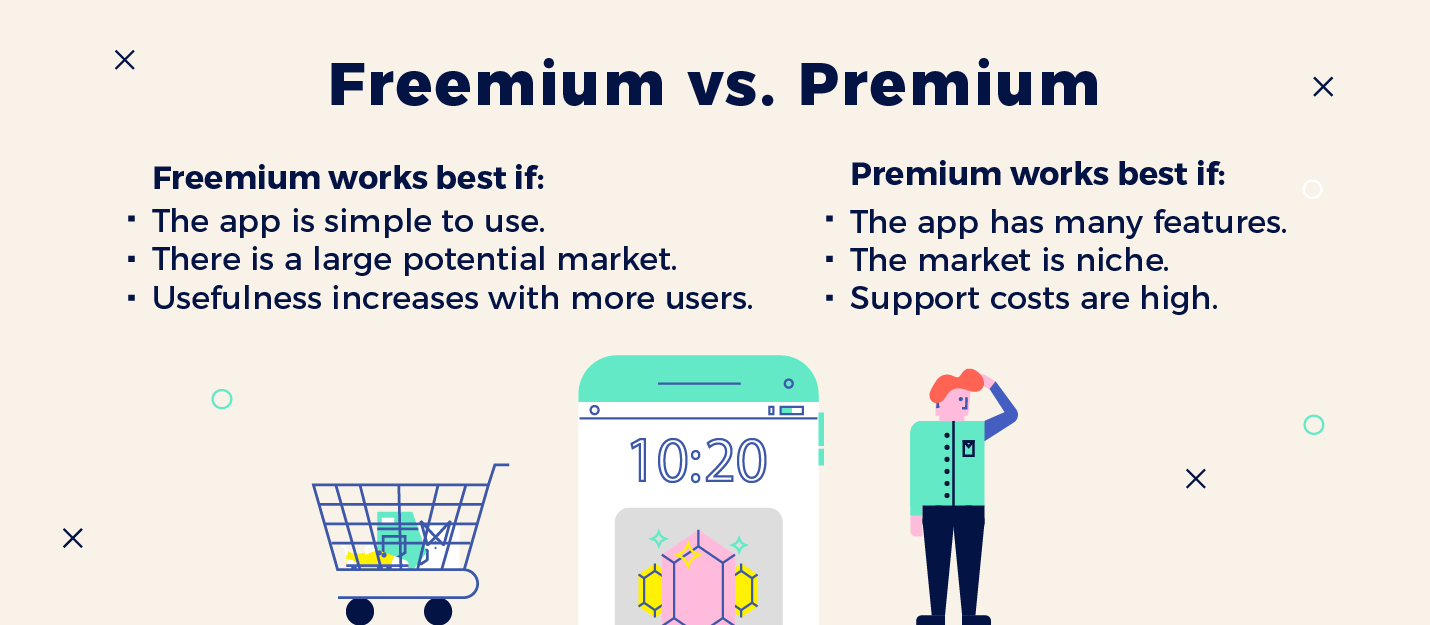
The most familiar way of monetizing apps is the premium model, where consumers pay a one-time fee to download an application from an app store. These apps, like photography editing software and high-tech games (Minecraft, anyone?), will cost you just to download them.
The premium model best reflects a traditional purchase process, where the app user has to commit to buying the product before they can even try it.06
While this kind of app monetization sees high profits per download, premium apps just don’t measure up to other models. In fact, global revenue for premium applications in 2017 was around $8 billion lower than that of freemium apps.07
The freemium model, on the other hand, has become very popular as a way to make money from apps. In this model, users download the app for free but must pay to access extra features or upgrade to a premium (read: “cooler”) version.08
This model can take longer for companies to see profit when compared to the premium model, but has proven to be more successful in monetizing applications. In-app purchases drove over 50% of mobile revenue in 2017.09
So, how do you know which model is right for your app?
How to Encourage In-App Purchases
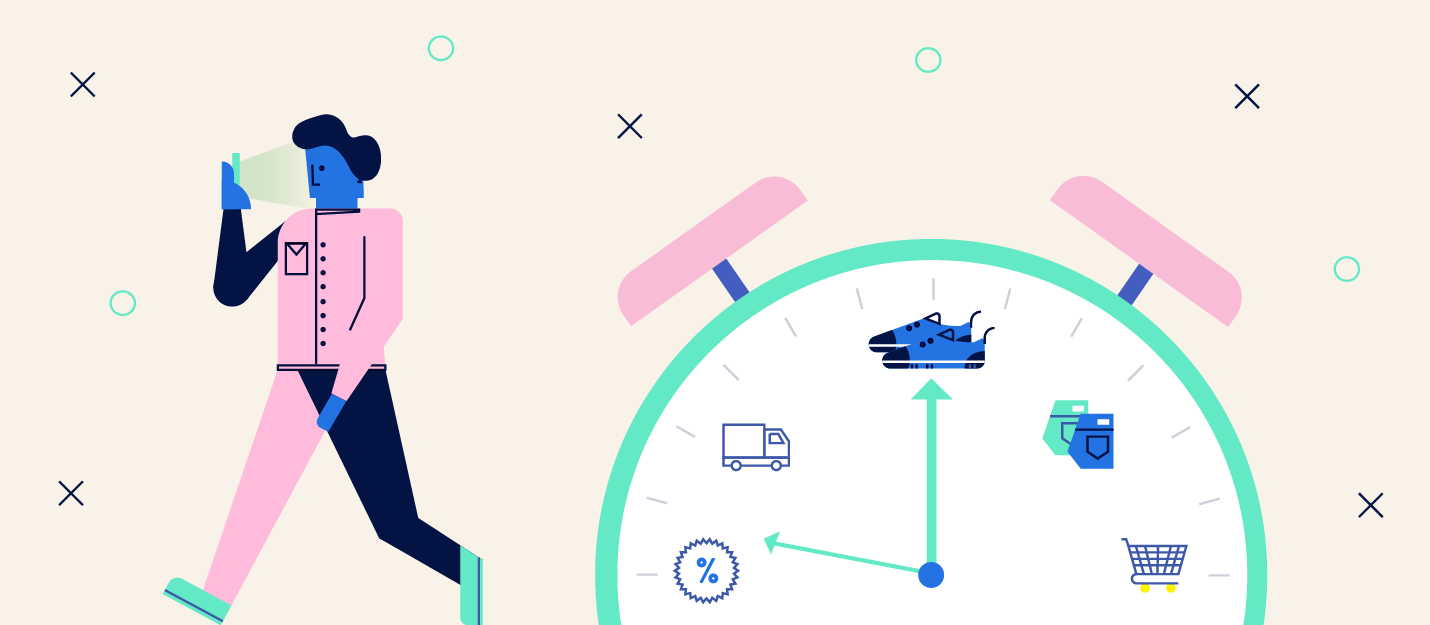
How can you encourage users to take advantage of in-app purchase offers?
Triggered Campaigns
One of the most effective ways to engage a user and incentivize an in-app purchase is to follow the user as they journey through the app and make relevant offers. Triggered messages based on real-time user actions can result in increased engagement and conversions.
Take Spotify for example, they track users that hit their “skip limit” and trigger an in-app message to upgrade to Premium and unlock unlimited skips. Personalized and contextual messages point users to content they’ll find valuable in that instance, like the ability to listen to any song with the click of a button.
Mapping the user journey and creating triggered messages can be an effective strategy for promoting in-app purchases and other business objectives.
In-App Messages to Promote In-App Purchases
Although push notifications and SMS marketing have respectable open rates, in-app messages by nature are delivered to active users within the app and are therefore “opened” by 100% of users. Unfortunately, this does not mean that 100% of your in-app messages will result in an in-app purchase.
The good news is engaging users at the right time can increases chances for conversion.
For example: you could send an in-app message containing a limited-time only promo code immediately after a user “saves” or “likes” a product. A user might not be willing to buy the sweater they want at full price, but a 20% discount that has an expiration date could quickly change their mind and get them to convert.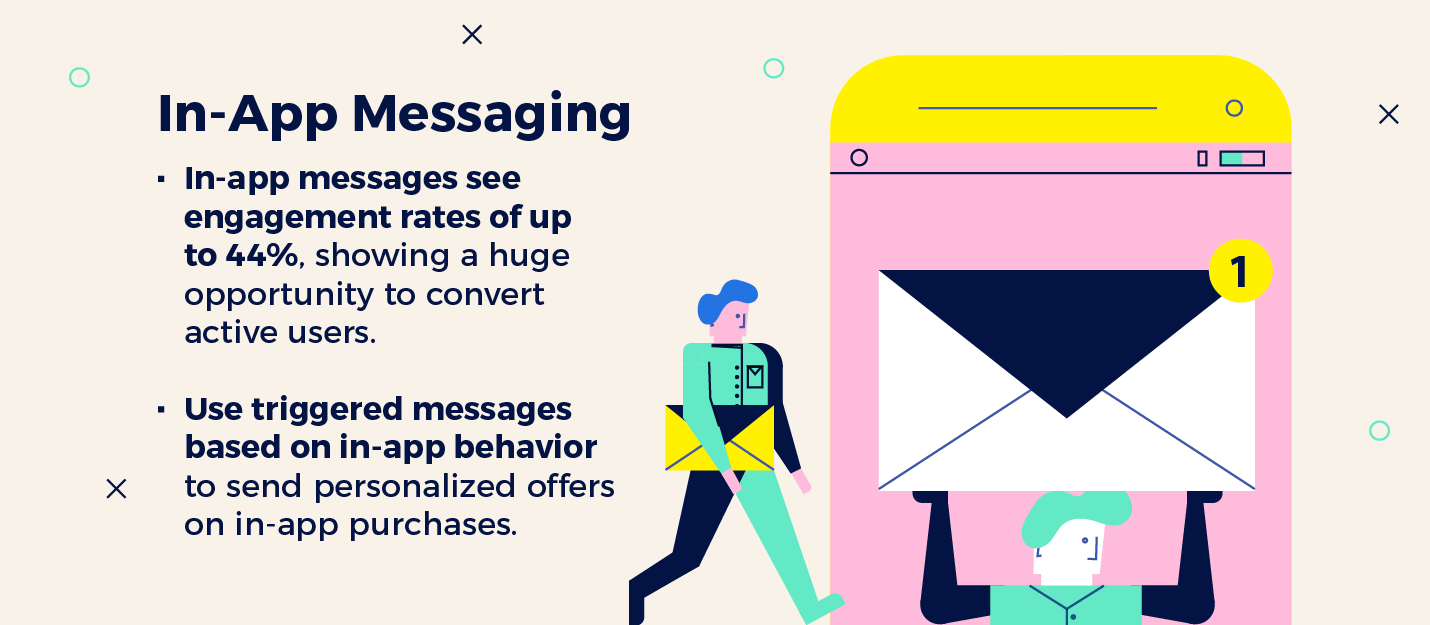
In-app messages are popular among mobile marketing teams because users can receive messages without leaving the app. In-app messages have also been successful at increasing conversion rates for many apps. It’s important to remember, however, that in-app messages are only useful if users are engaging in the app.
Push Notifications for In-App Purchases
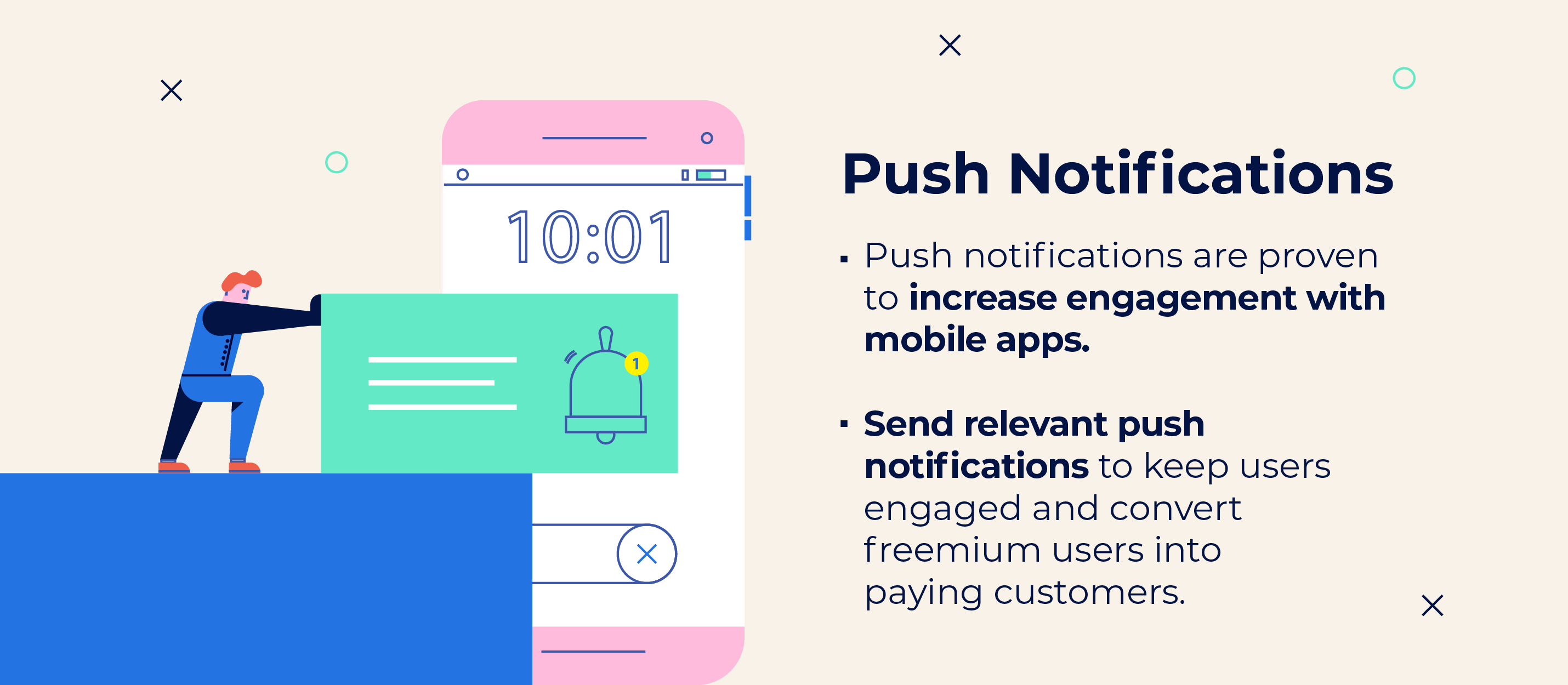
To avoid churn and convert freemium users into paying customers, try push notifications. They are proven to increase engagement with mobile apps. In fact, push notifications have been found to increase click-through rates by up to 23%.
Another effective way to convert in-app purchases is to use personalization in your marketing messaging. Personalized messages have been found to double conversions and increase click-through rates by up to 15%.
Just remember that one size doesn’t fit all. Initiate a one-to-one conversation with users rather than blasting them with generic messages. Use their first name, mention a product they added to their cart, or a real-time location to promote in-app purchases they’re most likely to be interested in.
Strategies for In-App Purchase Promotions
One of the biggest factors is providing users with a simple and seamless experience throughout the application and especially during communication. The omnichannel marketing approach can ensure various channels complement each other and act to serve customers instead of appealing only to their pocketbook.
If the majority of your users sign up for the free version of your app and never truly consider upgrading, what are the best practices for promoting in-app purchases?
- Deliver triggered in-app messages.
- Send relevant push notifications.
- Make time-sensitive offers.
- Follow-up with customers.
Although it can be in the short-term interest of mobile marketers to inundate users with offers and advertisements, these can quickly interfere with user experience. We’ve all had the experience of launching a mobile app only to be overwhelmed with pushy offers leading us to run for the exit.
Focusing on long-term metrics, such as customer lifetime value, can help guide your in-app purchase promotion strategy.
If you’re looking for more insights into how your app can turn a profit, check out our Mobile App Monetization Strategies Report.

See how today’s top brands use CleverTap to drive long-term growth and retention
Subharun Mukherjee 
Heads Cross-Functional Marketing.Expert in SaaS Product Marketing, CX & GTM strategies.
Free Customer Engagement Guides
Join our newsletter for actionable tips and proven strategies to grow your business and engage your customers.















































